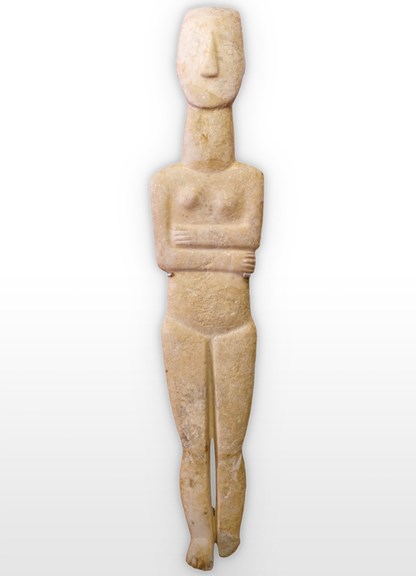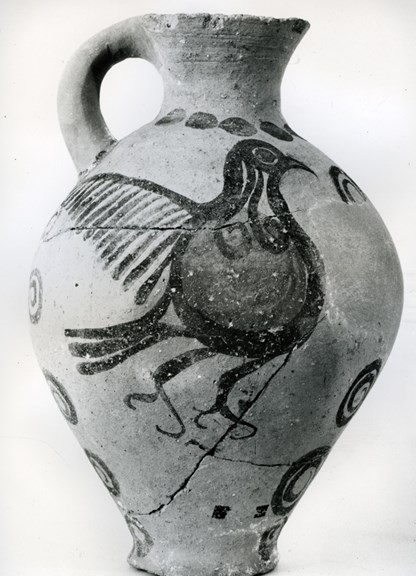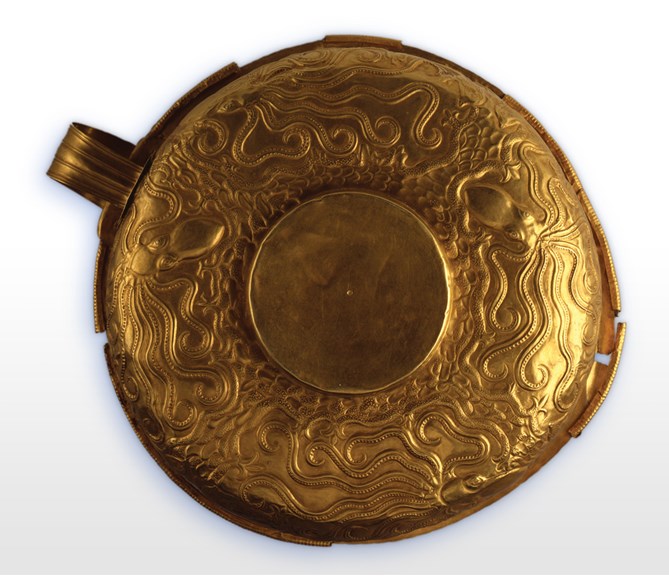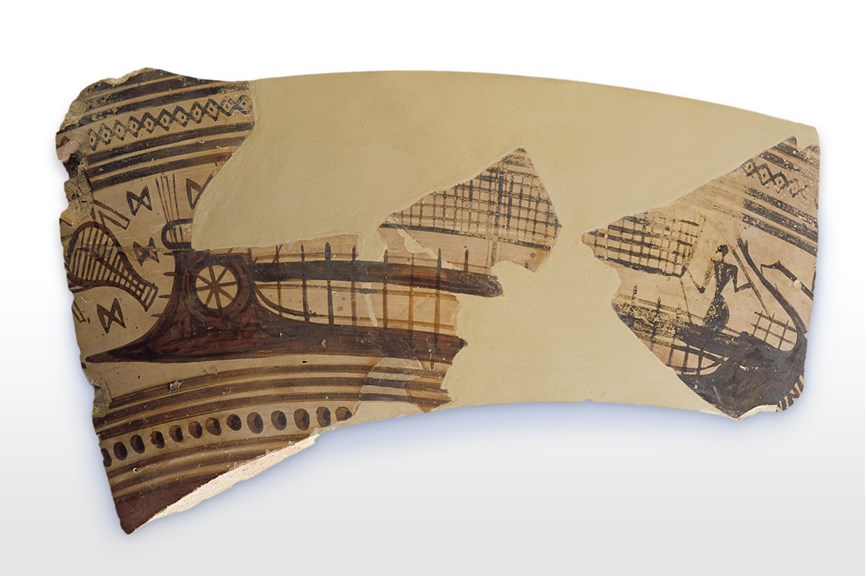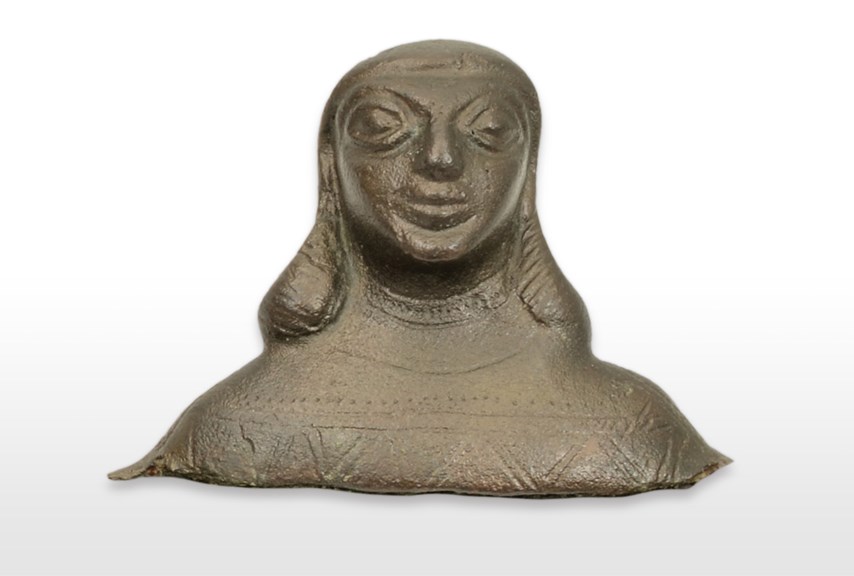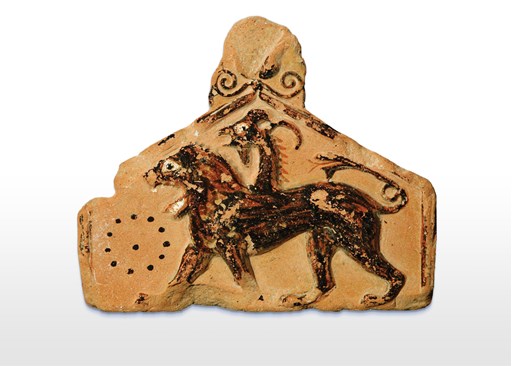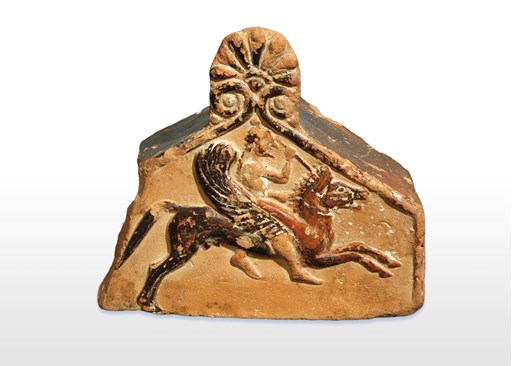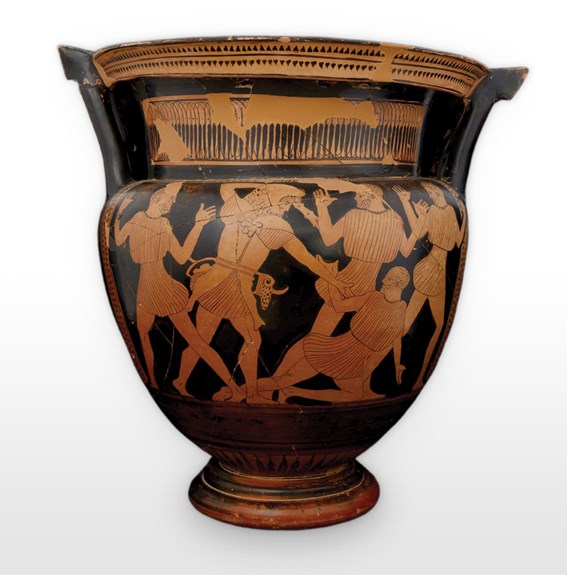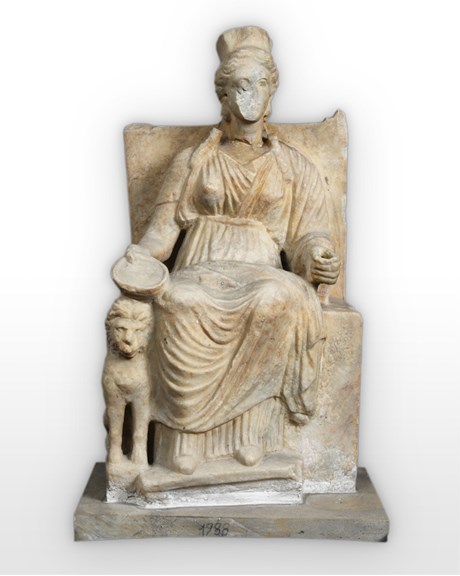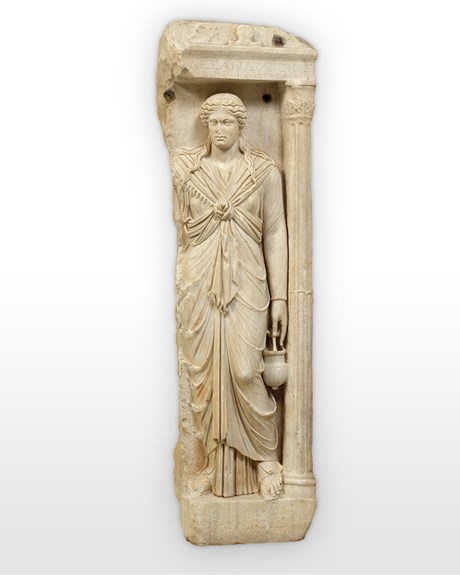Timeline
2000–1600 BCE
- Flourishing of the Minoan civilization in Crete; construction of the first Palaces, including Knossos
- Emergence in mainland rural settlements of a powerful class of warriors
- The Cycladic culture is increasingly influenced by Minoan Crete
Please note this clay jug is not featured in the Open Horizons exhibition
Proto Geometric Period
1070–900 BCE
Geometric Period
900–700 BCE
- First Olympic Games 776 BCE
- After the middle of the 8th century BCE the political system of the ‘city-states’ emerges
- Greek colonies established in Southern Italy and Sicily 750 BCE
- Invention of Greek alphabet
- Homeric poems recorded in writing 750–700 BCE
